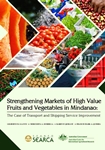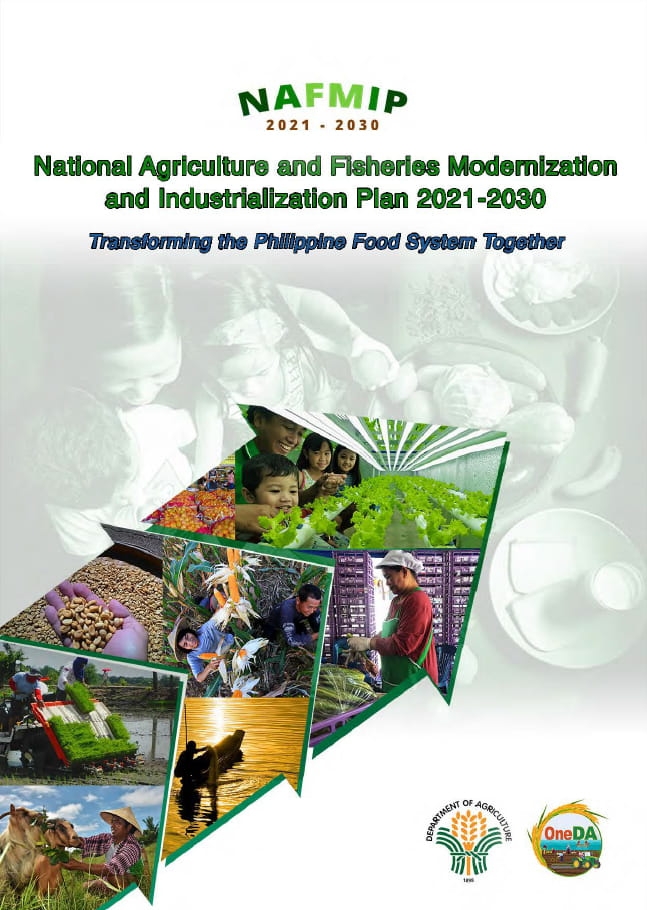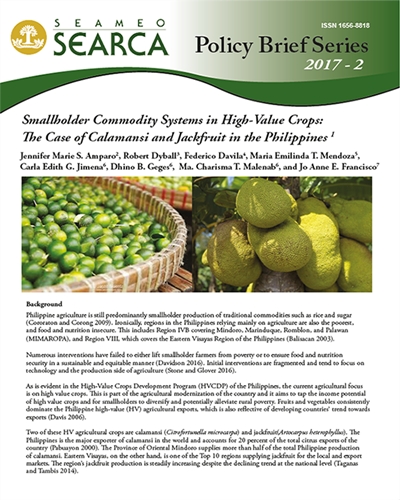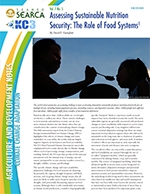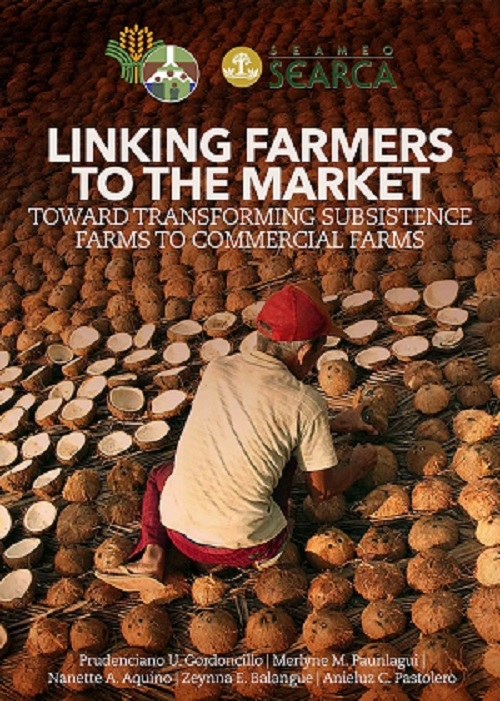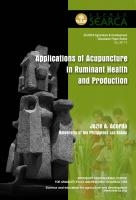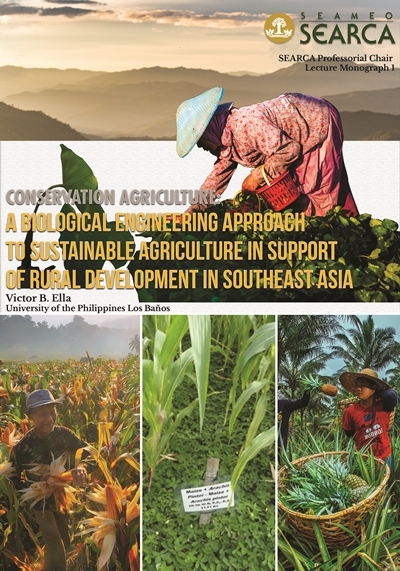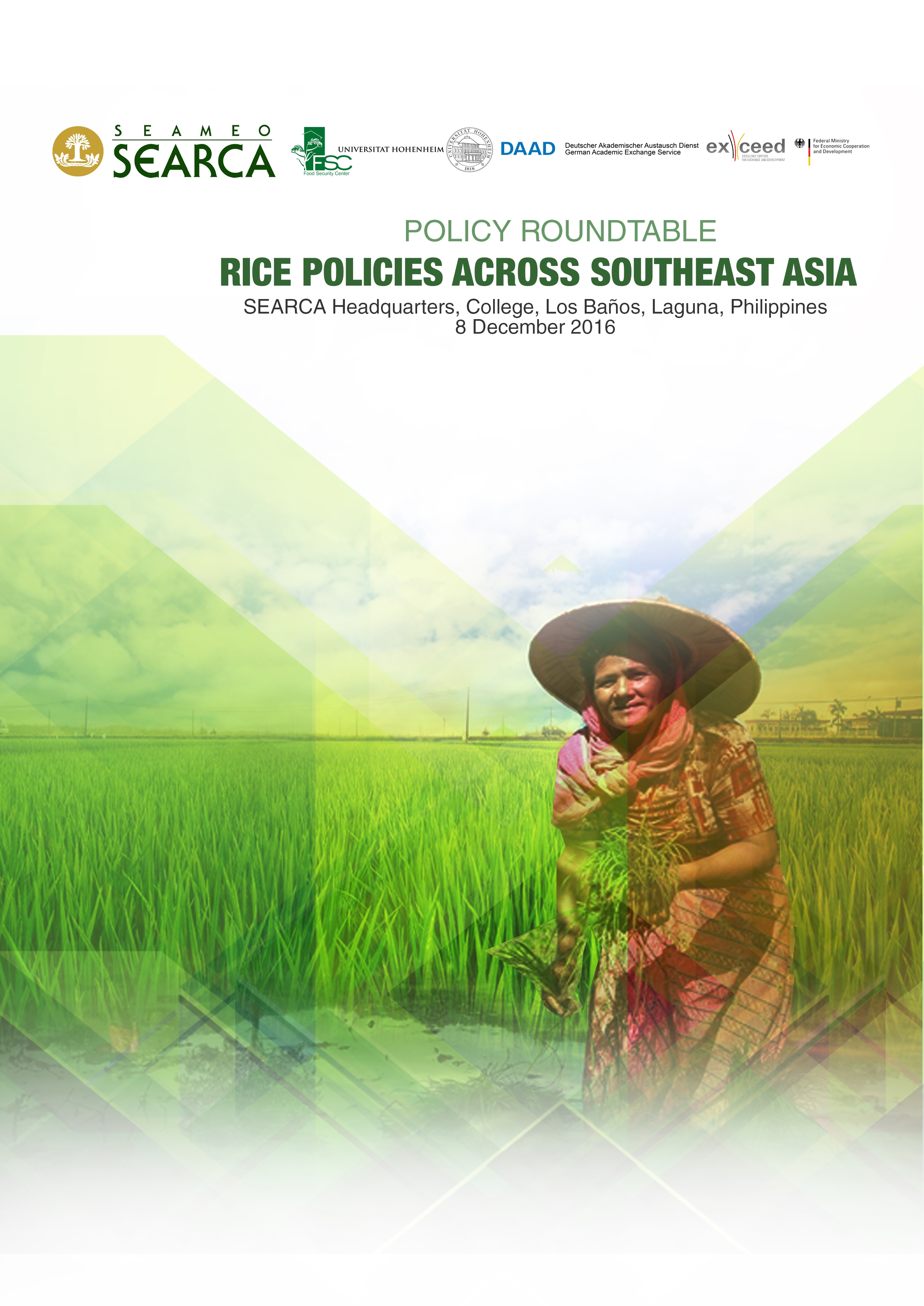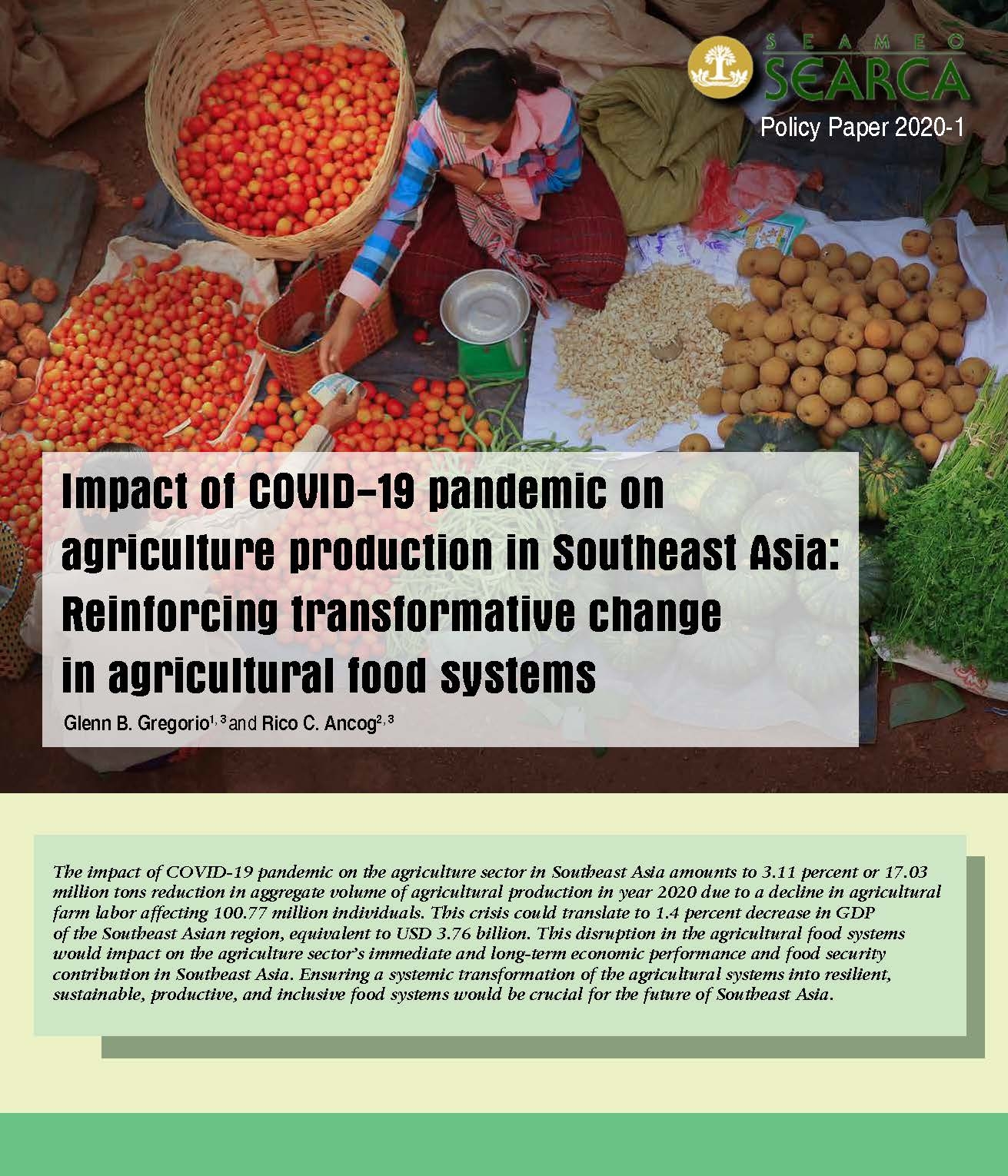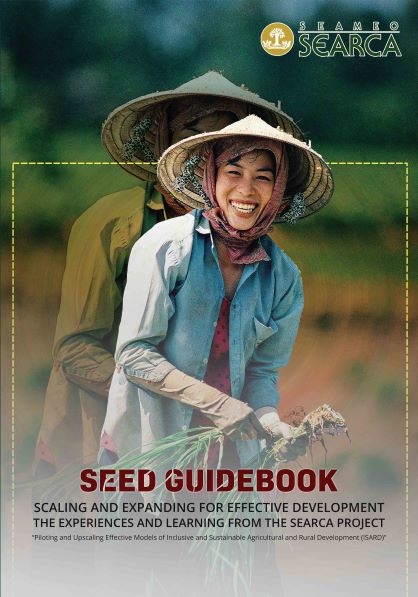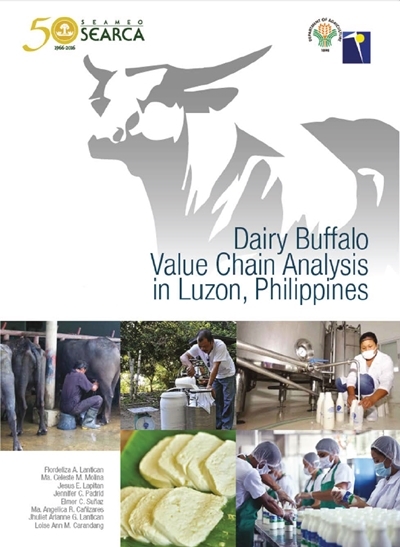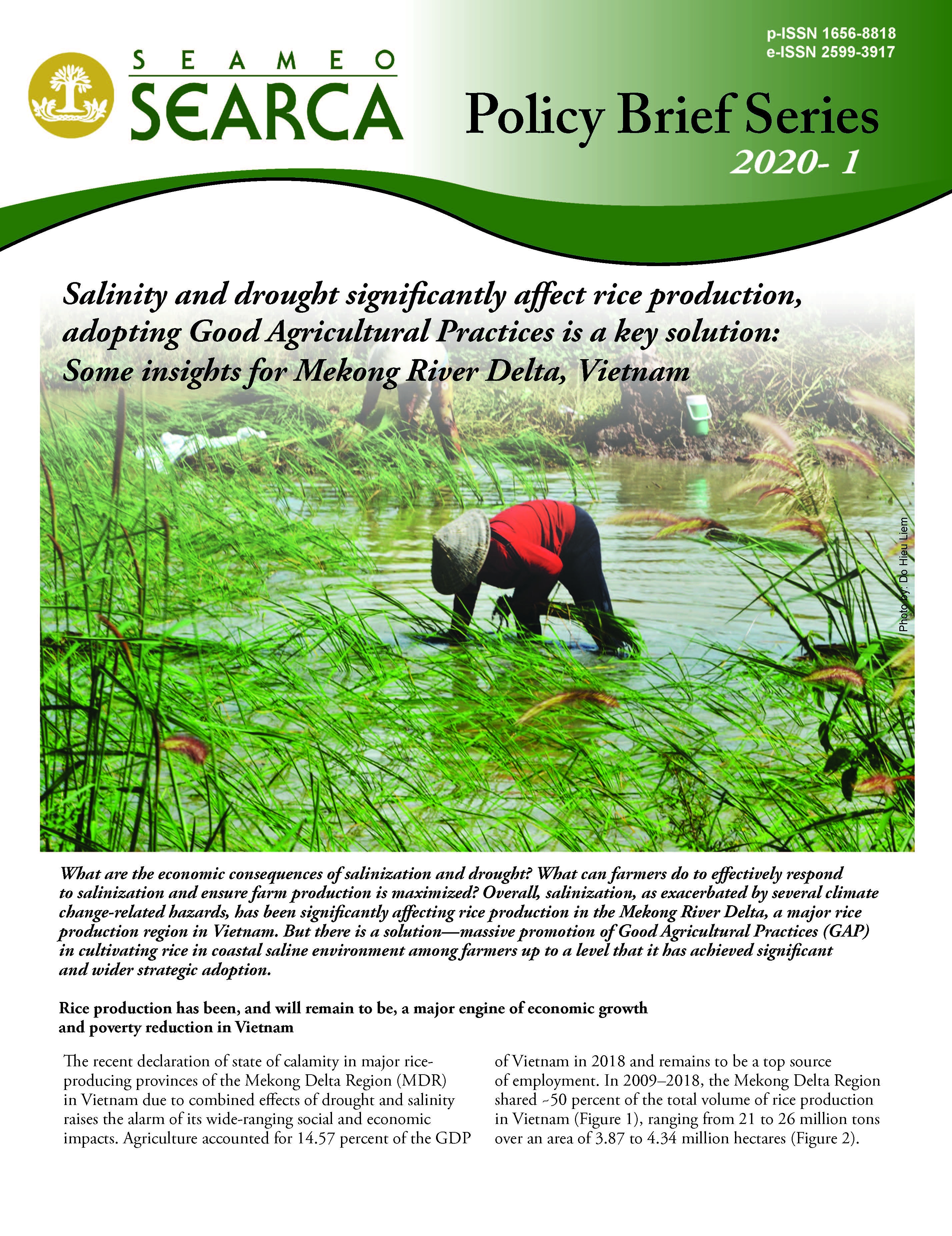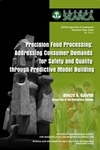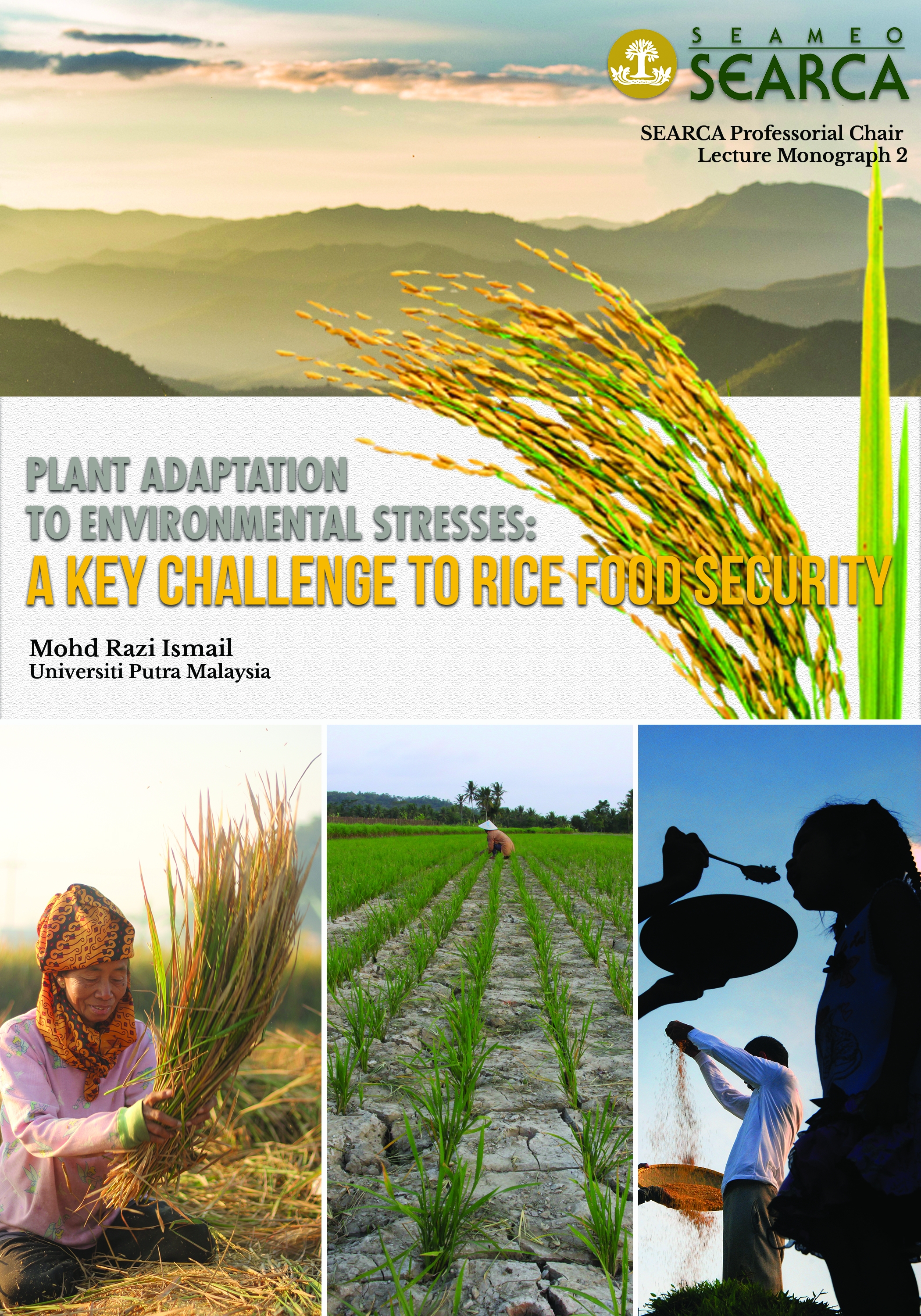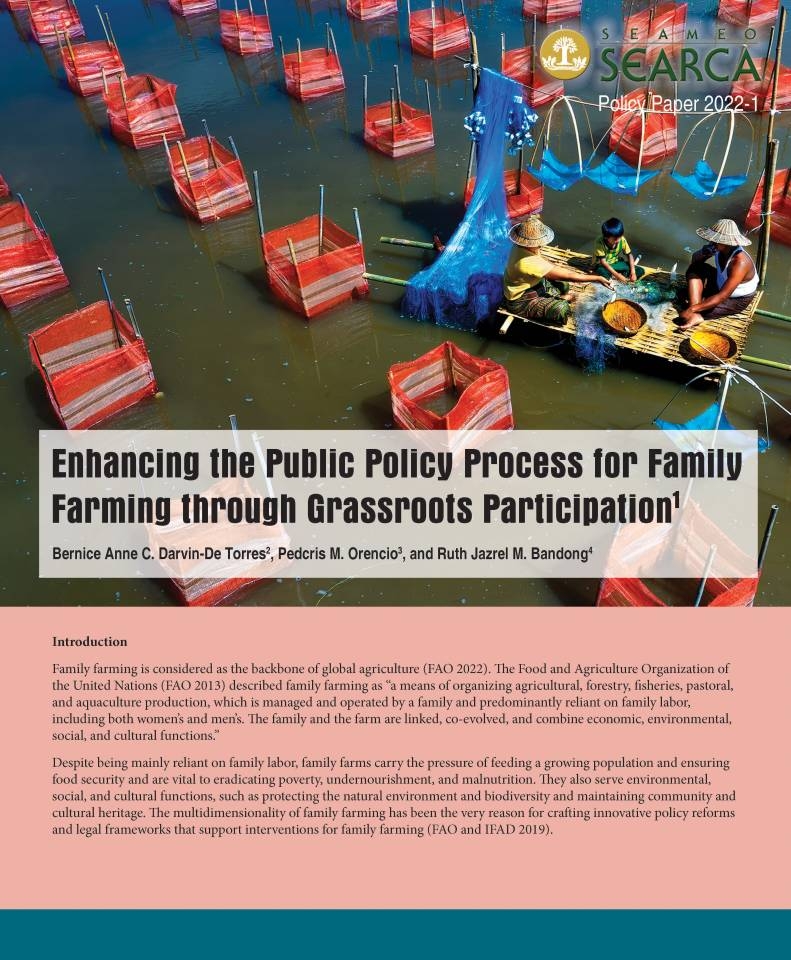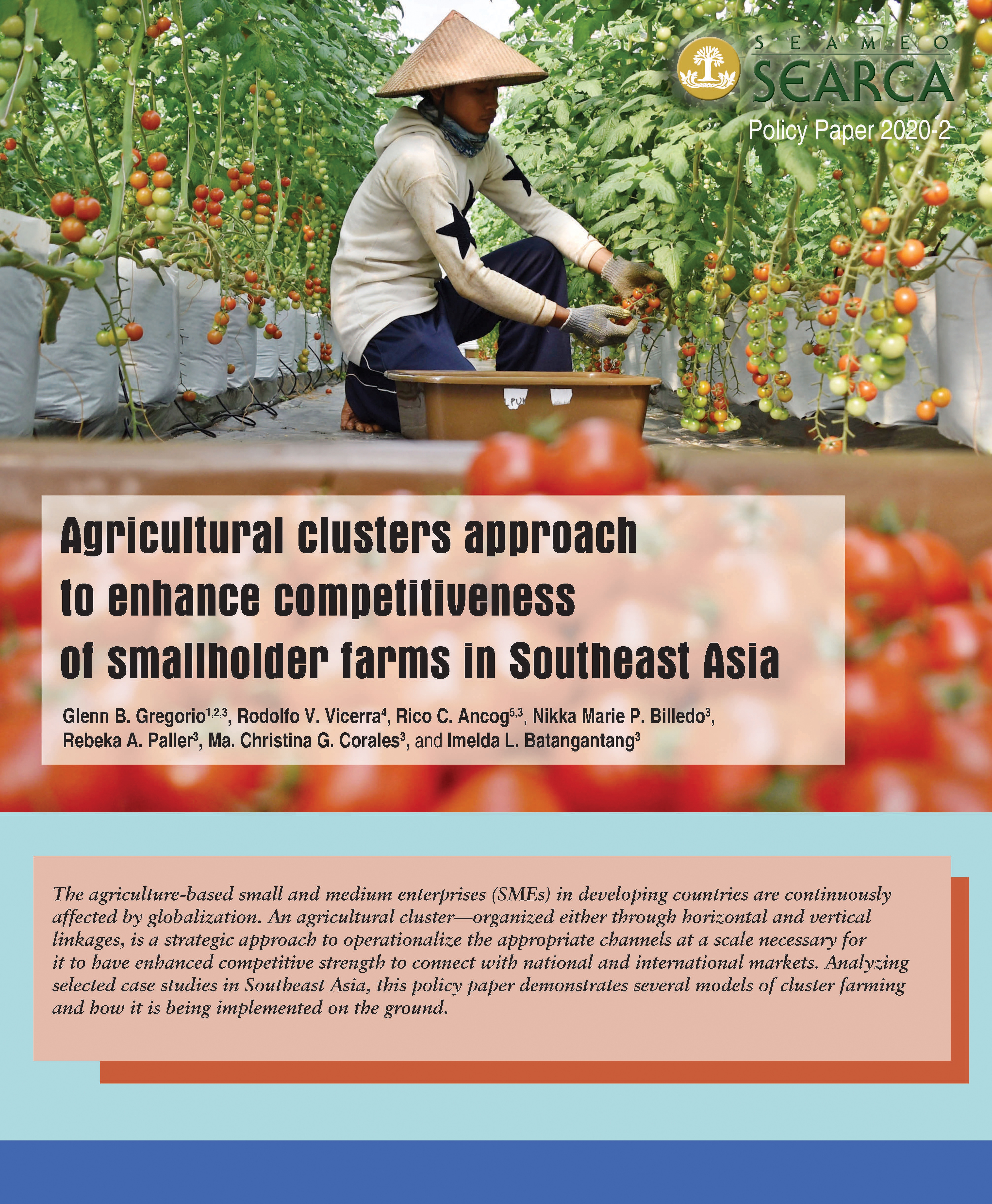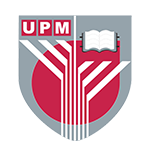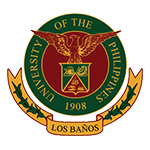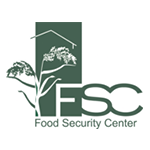Rice is the key staple of Southeast Asia (SEA), as well as one of its most widely grown crops. The region includes some of the largest rice producers in the world, together with two of the top three exporters (Thailand and Vietnam), and two of the world’s top importers (Indonesia and the Philippines). The region has gained prominence as an early adopter of key production innovations, such as modern inbred varieties and hybrid rice.
Policy is a key driver of the rice economy, alongside market forces, technology, and the environment. Production support policies, such as public investments in irrigation, the extension bureaucracy, as well as credit and input subsidies, were instrumental in the spread of modern rice varieties. Up to now, rice commands the most public resources in SEA compared with any other crop. Governments have also intervened actively in rice markets, invoking the key role of rice in food security and livelihoods.
The Rice Economy and the Role of Policy in Southeast Asia
 Author/s:
Author/s:Roehlano M. BrionesYear: 2018Publication Type:
Discussion Paper Series, Vol. 2017, No. 3Download
